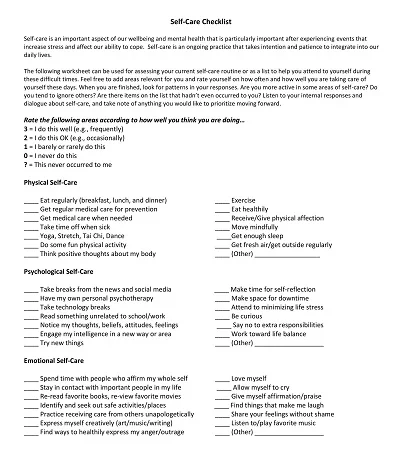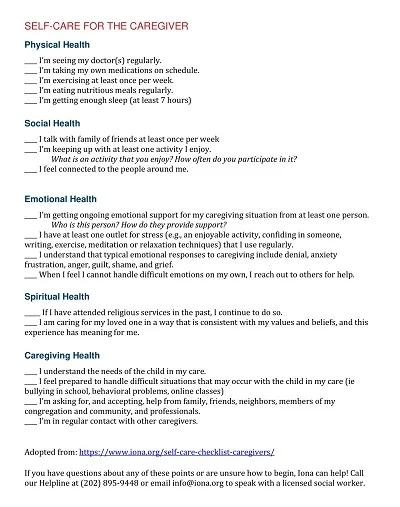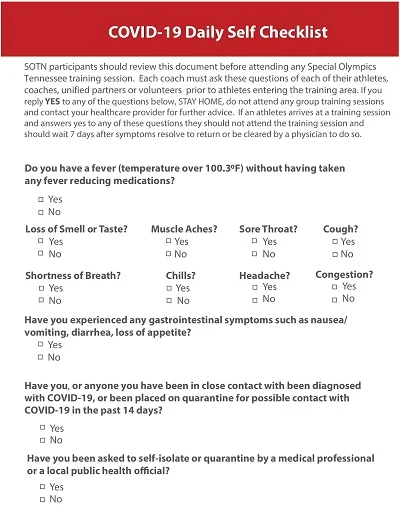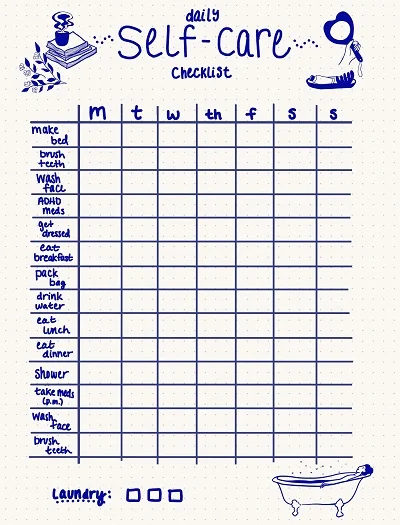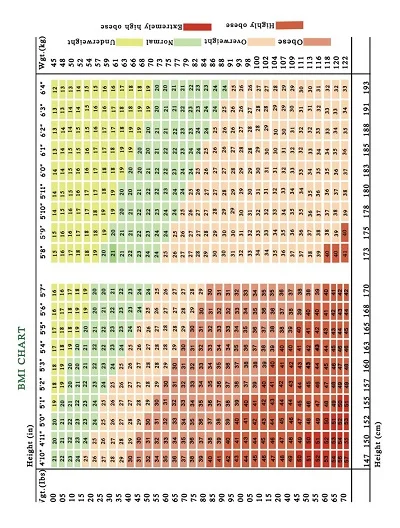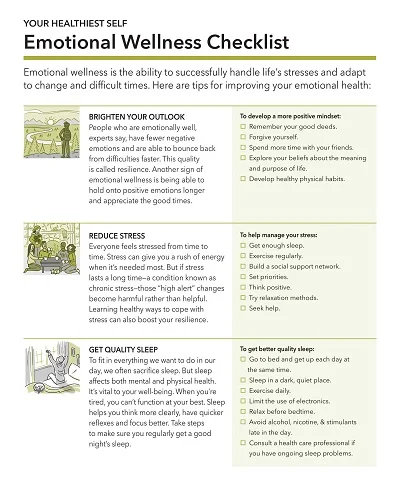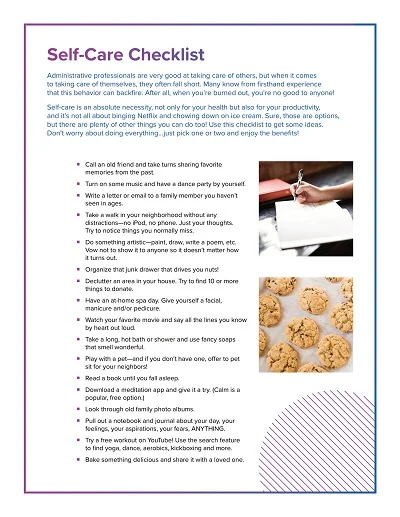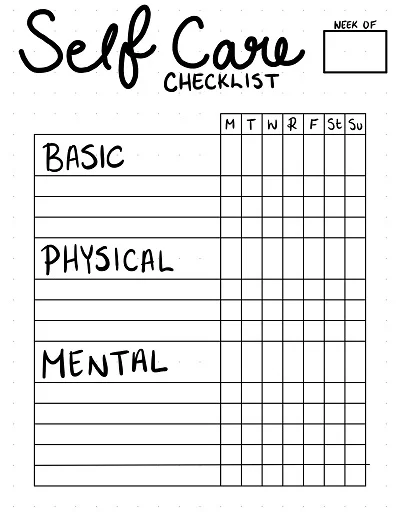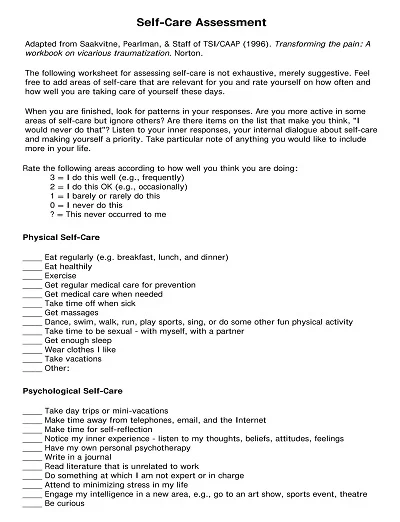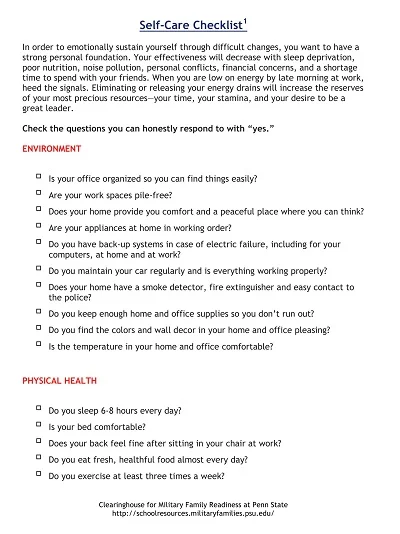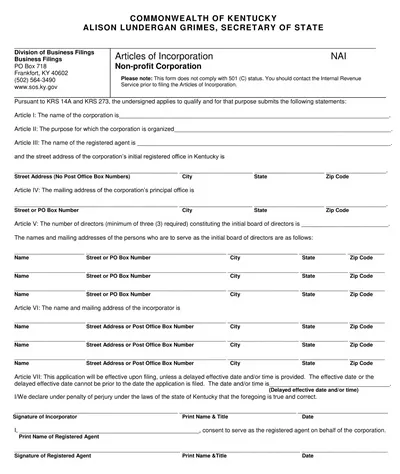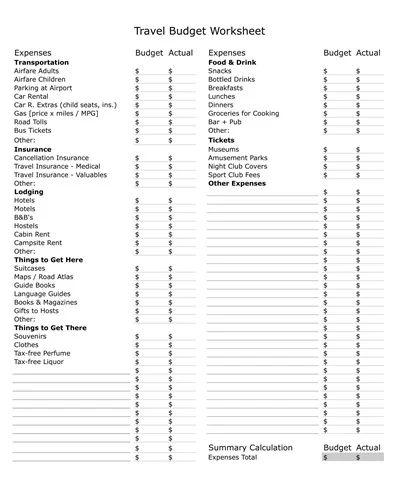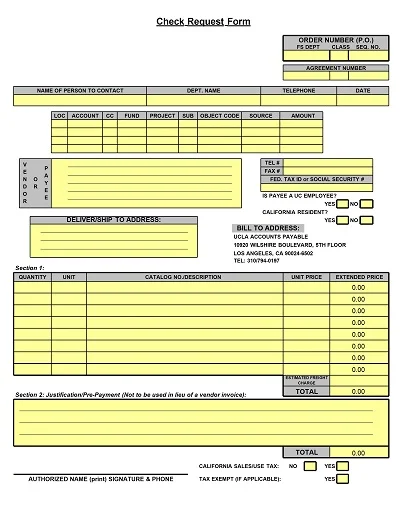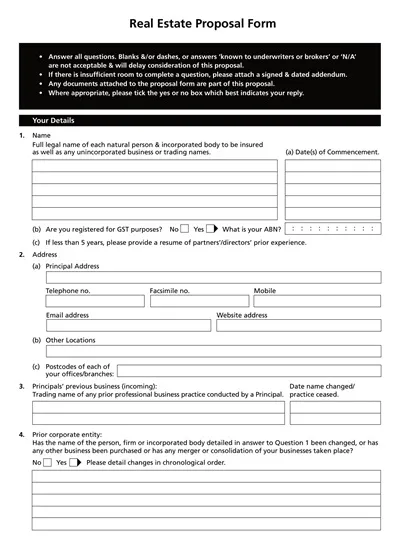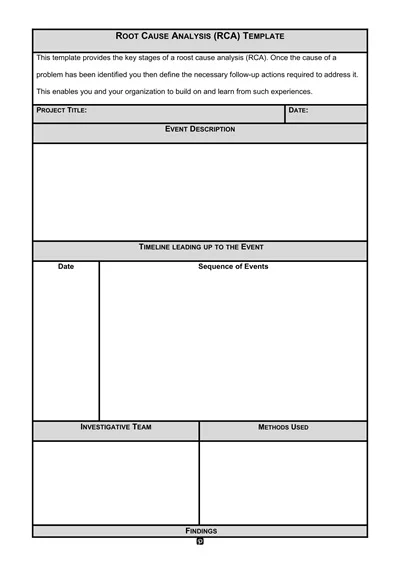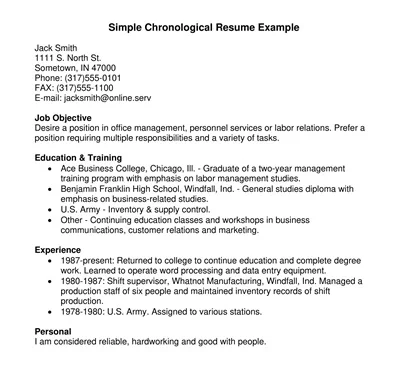A Tattoo Consent Form Template is a structured form utilized by tattoo artists and studios to ensure that the clients participating in the tattooing process make voluntary and willing decisions before they can be tattooed. A typical instance would include the client’s data, his/her understanding of the dangers of getting a tattoo, the tattoo artist’s confirmation of whether the client is of a certain age, and compliance with the laid down tattoo artist’s policy.
It may also contain fields for health information pertinent to the client and the artist to ensure the two are not at a higher risk of harm. Besides, they act as a covering for the tattoo artist and studio by forgiving them in case of any untoward outcomes when giving tattoos, hence being an important element of tattooing.
Download Free Printable Tattoo Consent Form Templates
What is a Tattoo Consent Form?
A Tattoo Consent Form is a legal contract that safeguards both the client and the tattoo artist so that both parties understand the nature of the procedure that has been agreed on. It commonly contains comprehensive data concerning the client’s identification and his or her assurance they are legal or of the age of majority to obtain a tattoo. It also stipulates that the individual knows and understands the dangers associated with tattooing.
Furthermore, this form helps to check whether the client has indeed shared the correct health details with the artist, as this is crucial in ensuring that no adverse issues arise during the tattooing process. As the next logical step in the overall professionalism and ethics of tattooing, it adds safety measures and the comprehension and consent of all the parties involved.
Types of Tattoo Consent Form
The consent forms are crucial in the case of tattooing. Their main purpose is to indicate the expectations and goals of both the artist and the client and the potential complications of tattooing. Tattoo consent forms that may be employed vary depending on several variables, including the area of the shop, the laws governing it, or the desires of the individual involved.
1. Minor Tattoo Consent Form
This form is intentionally created for contributing people who have yet to reach the legal age for having a tattoo in their country, state, or province. They must provide a consent signature from a parent or guardian.
Sometimes, it provides extensive information relative to the minor, the guardian, and the description and exact location of the tattoo. Usually, the legal relationship between the guardian and the minor is to be ascertained, hence the need for some form of identification or proof.
2. Tattoo and Piercing Combined Consent Form
Some studios may offer tattooing and piercing simultaneously. This single, signed consent document will address both measures, listing potential complications and postoperative care requirements and expressing that the client has voluntarily decided on these forms of body alteration. It reduces the administrative burden clients who want to access both services would otherwise spend filling out forms.
3. Tattooing services consent form
People who want a tattoo inspired by artwork created by other artists use this form to allow Liberty to come up with a piece that suits the client’s desire. It has categories that pertain to the design, styles, and positions, plus one that lets the artist be more creative while limited by certain settings a button for.
4. Tattoo Removal Consent Form
Depending on the kind of tattoo to be removed and the consequences that come with it, this consent form contains the possible side effects, treatment, and care after the procedure and the number of sessions that are expected to be undertaken. This helps to ensure that the clients are fully aware of the process and the outcome of the process before it is done.
5. General Tattoo Consent Form
A General Tattoo Consent Form can be described as a consent form template that applies to the most common kinds of tattooing. Some of the information may include the identification of the client, permission to perform the procedure, awareness of the risks associated with the procedure, recommendations of aftercare, and lastly, the certification that the client did not consume any alcohol or is not addicted to drugs.
This form acts as a legal document that ensures the various aspects of the contract between the client and the studio and ascertains that the client is of legal age and agrees to receive a tattoo.
Benefits of Using a Tattoo Consent Form
Using a tattoo consent form only makes sense, as it has several advantages, including avoiding disagreements and problems between the artist and the client.
Here are some key advantages:
- Legal Protection: This may help establish the scope of work to be done by the parties and what is expected of them, which may lessen legal issues when there is an unfavorable response or if persons are dissatisfied with the results.
- Health Safety: Information on health status and allergies can prevent an artist from performing procedures that could be lethal to the client’s life.
- Informed Consent: This makes the clients fully aware of the risks and aftercare process, achieving better client preparedness after the procedures are executed.
- Age Verification: Maintains artists within the legal age for tattooing to avoid getting into trouble with laws concerning underage clientele.
- Documentation: This serves as a confirmation of the service offered and the details concerning design to avoid misunderstandings about the type of service agreed upon.
Who Will Need These Tattoo Consent Forms?
Tattoo consent forms are essential to multiple participants in tattooing owing to clear, legal, and safe distinctive attributes for all involved entities.
Tattoo Studios and Artists
Regarding preventive measures, tattoo artists and studios must utilize consent forms. They establish the type of service to be provided, highlight the dangers associated with the activity, and seek consent from the client to get the tattoo. This remains significant for an artist and his studio since it will help prevent them from encountering legal troubles.
Clients
Any client desiring to undergo tattooing must fill in consent forms to confirm that they understand the process, that it is permanent, and that they are aware of any possible complications. This is also how they can attest to their age, as they must be of a given age limit to qualify for the tattoo in their country.
A parent or Legal Guardian
Suppose the country allows minors to tattoo when they are accompanied by parents or guardians, like in some European countries. In that case, the minor will require these forms to seek consent from their parents or guardians legally. This usually involves admitting the same risks and characteristics the client admits to and possibly the guardian being present during the tattooist.
Regulatory Bodies
Sometimes, specific permission can be needed from the governmental bodies and agencies regulating health care and treatment, which may concern delicate details of the consent forms. Such entities employ the forms to promote the public interest, safeguard health, and guarantee that all studios offering tattoos Adopt high levels of safety and ethics.
How to Create a Tattoo Consent Form Template
Formulation of a template of tattoo consent stems from numerous fundamental stages, including all legal and health requirements. This form serves as a document that holds the understanding between the artist and the client regarding the process, possible complications, and the consent necessary for the artist to proceed with the process.
Below are the key elements to include:
- Client Information: Begin with the Client Identification Data, which includes the client’s full name, date of birth, and contact numbers. This ensures you have the primary information required for the client’s identification and communication.
- Full Name
- Date of Birth
- Phone contact details only: Yes / No; Email contact details only: Yes / No
- Procedure Details: Explain the tattooing process to be carried out and what part of the body it is to be done on the size of the tattoo.
- Design Description
- Dimensions (In length, width, and height in inches or centimeters as suitable)
- Placement on the Body
- Health Information: The client should declare a self-declared health history to indicate whether he has conditions that may influence the tattooing process, such as allergies, skin diseases, or blood disorders.
- Ink allergy and Latex: Both of which are specific allergies.
- Any skin conditions
- Any pathology of the blood or any pathology with impaired wound healing probability
- Risks Acknowledgement: Provide information on potential concerns surrounding tattooing, such as infection, allergies, and repeat visits for modification or corrections.
- Infection Risks
- Allergic Reactions
- Alterations entail changing an object that is not considered perfect or complete at a certain stage but maybe later. Hence, there is potential for future touch-ups or alterations.
- Aftercare Instructions: Explain instructions on handling the newly completed tattoo to avoid complications, making sure the client knows how to manage it.
- Cleaning and Bandage Care
- Bash to Avoid (for example, swimming, direct sunlight)
- Symptoms that may be indicative of an infection or difficulties.
- Consent Statement: This critical segment should contain the following words: The client responds that he understands all the details and risks and gives permission to the artist to proceed with a tattoo.
- Client Acknowledgement and Understanding
- Permission for the Artist to continue
- Signature and Date: The form should have a final section where the client will put his/her signature and the date to confirm that he/she agrees with the information provided.
- Client Signature
- Date
It’s also crucial to seek the legal advice of a legal expert to ensure that the consent form you have in place meets the legal requirements of the concerned state.

